A single experimental village in Austin, TX may hold the key to solving homelessness for good. The project has been so successful that it’s garnered the attention of The New York Times, profiling both the residents and the project.
Here’s what you need to know about the “fringe experiment” that could rock the country.
Introducing: Justin Tyler Jr.
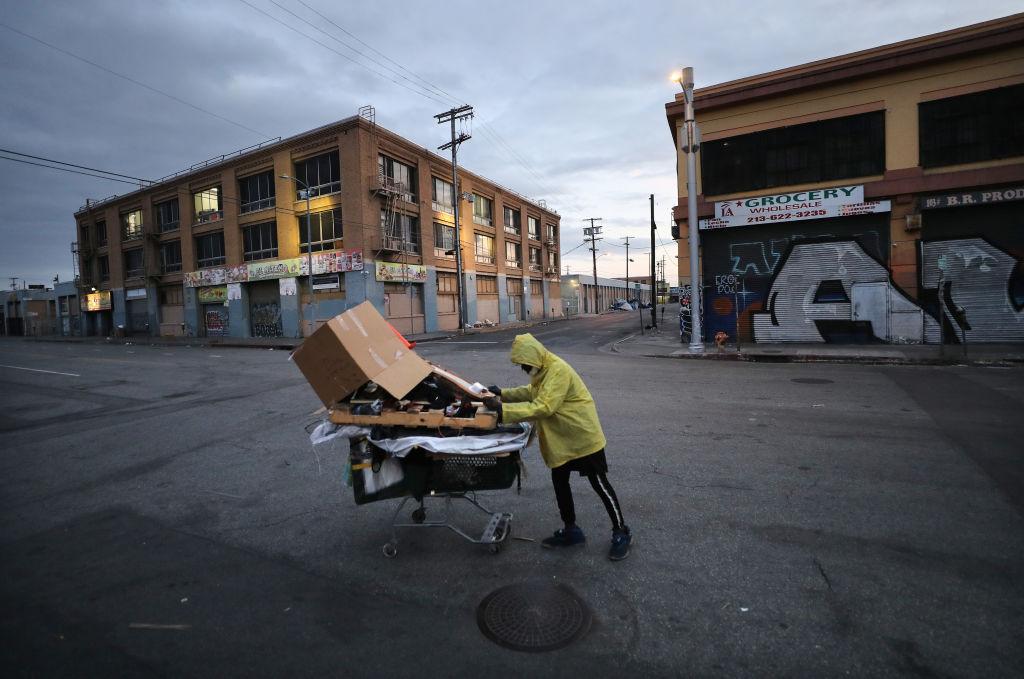
Journalists at The New York Times profiled resident Justin Tyler Jr. Mr. Tyler was one of the first 400 residents of Community First!, joining the community in 2022.
The village’s goal is to be a source of permanent (yet affordable) housing for those experiencing homelessness routinely.
What Does An Average Apartment Look Like?
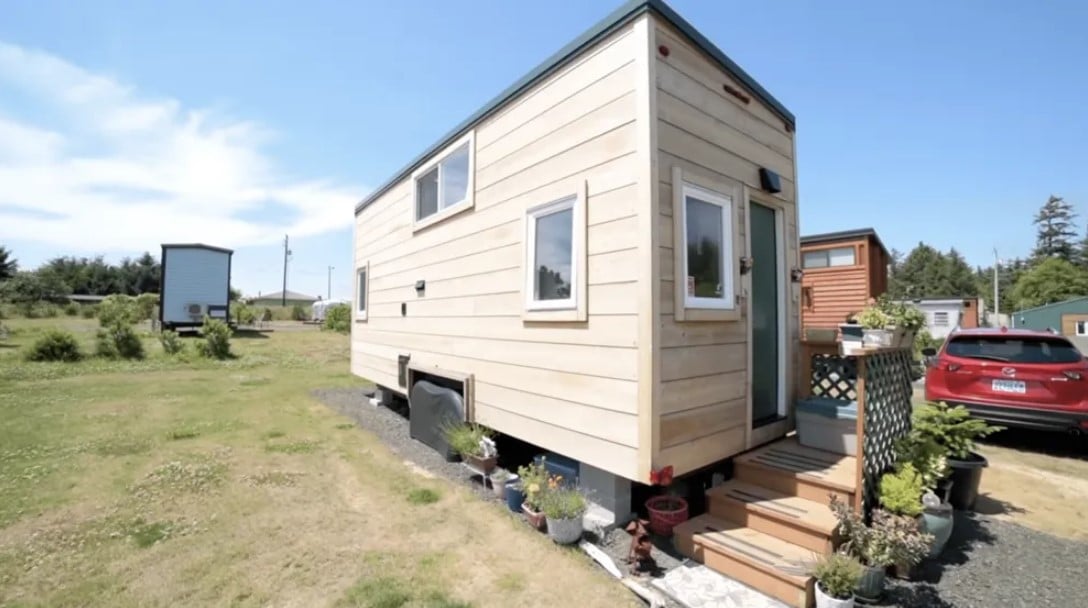
Mr. Tyler confirmed his residence to The New York Times, noting that his home is approximately 200 square feet, and boasts a single room.
By definition, it’s a tiny house. However, despite the limited space, Mr. Tyler remains comfortable with a furnished space, a bed, a recliner and a full kitchenette.
What Is Community First!?
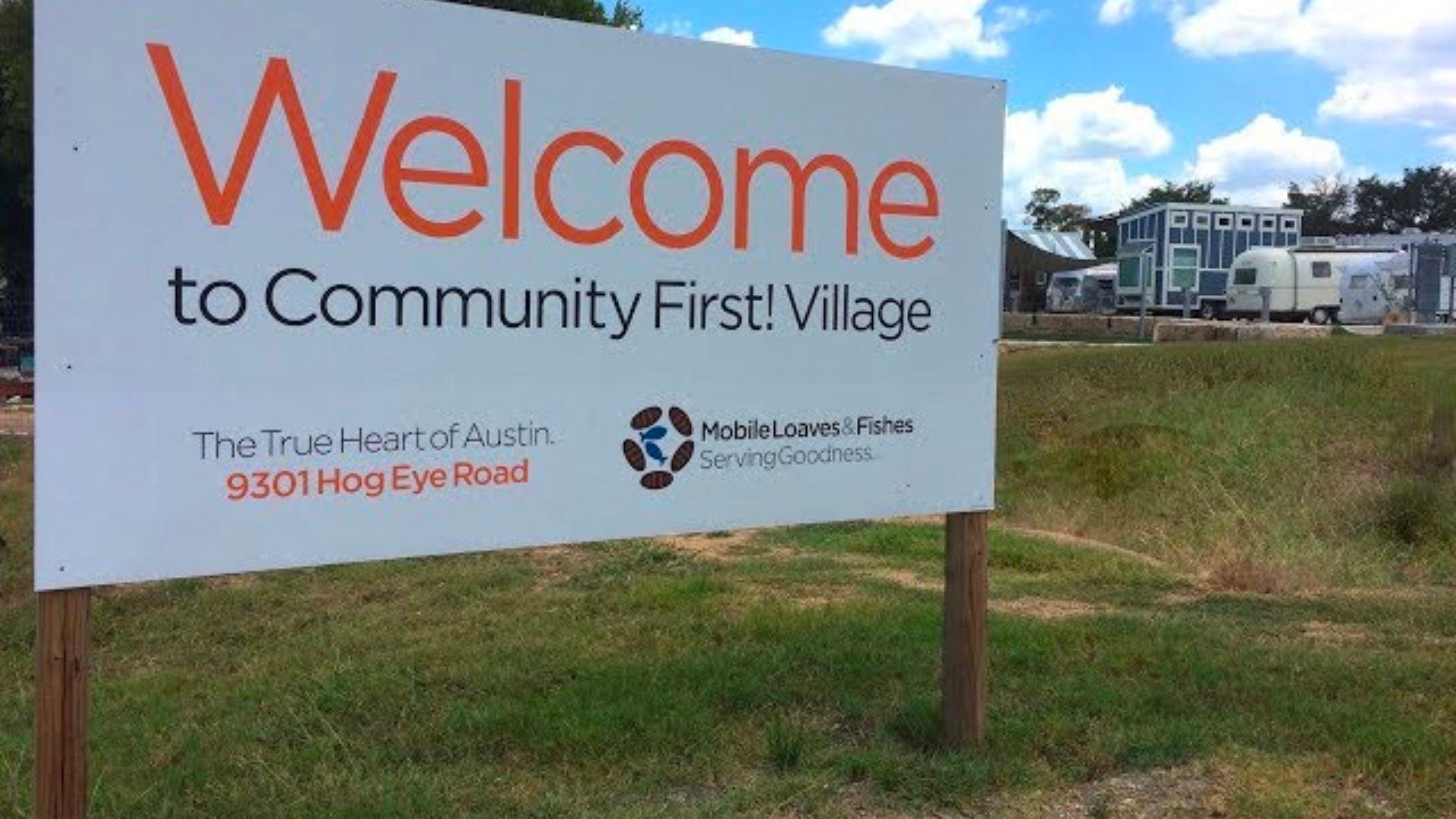
Community First! Is a village designed to support those experiencing homelessness as a result of the local housing crisis. It spans several acres, is completely self-contained, and is located outside of Austin.
The area surrounding Community First! is remote per The New York Times; which may change as the project expands.
Does Community First! Only Have Tiny Homes?
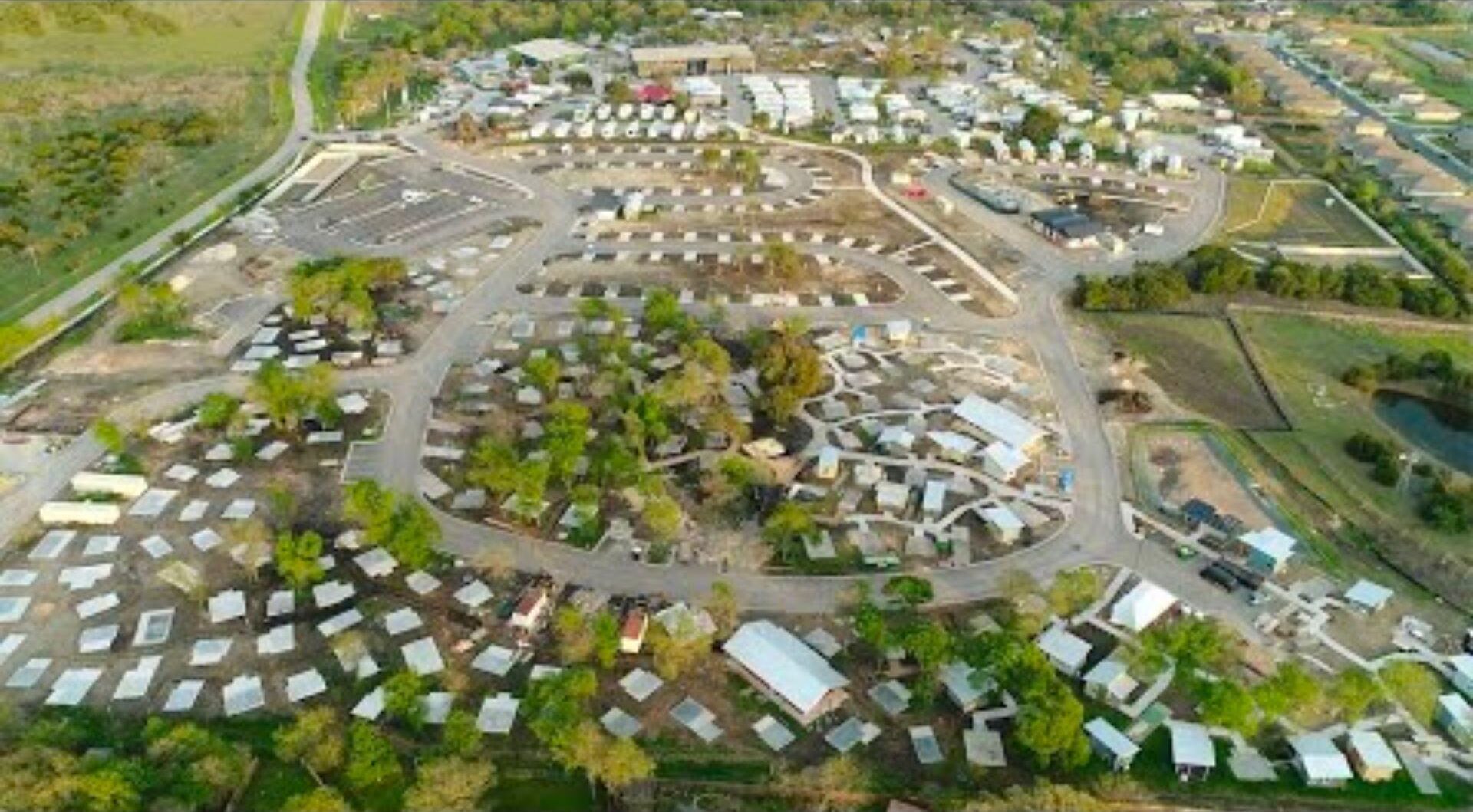
The village has more to it than tiny homes. In addition to the individualized properties, there are plenty of community amenities.
These include community exterior kitchen areas, vehicles for transport to share, and makeshift cul-de-sacs comprised of tiny homes. The location also has chicken coops and veggie gardens to share.
A Place Of Their Own?
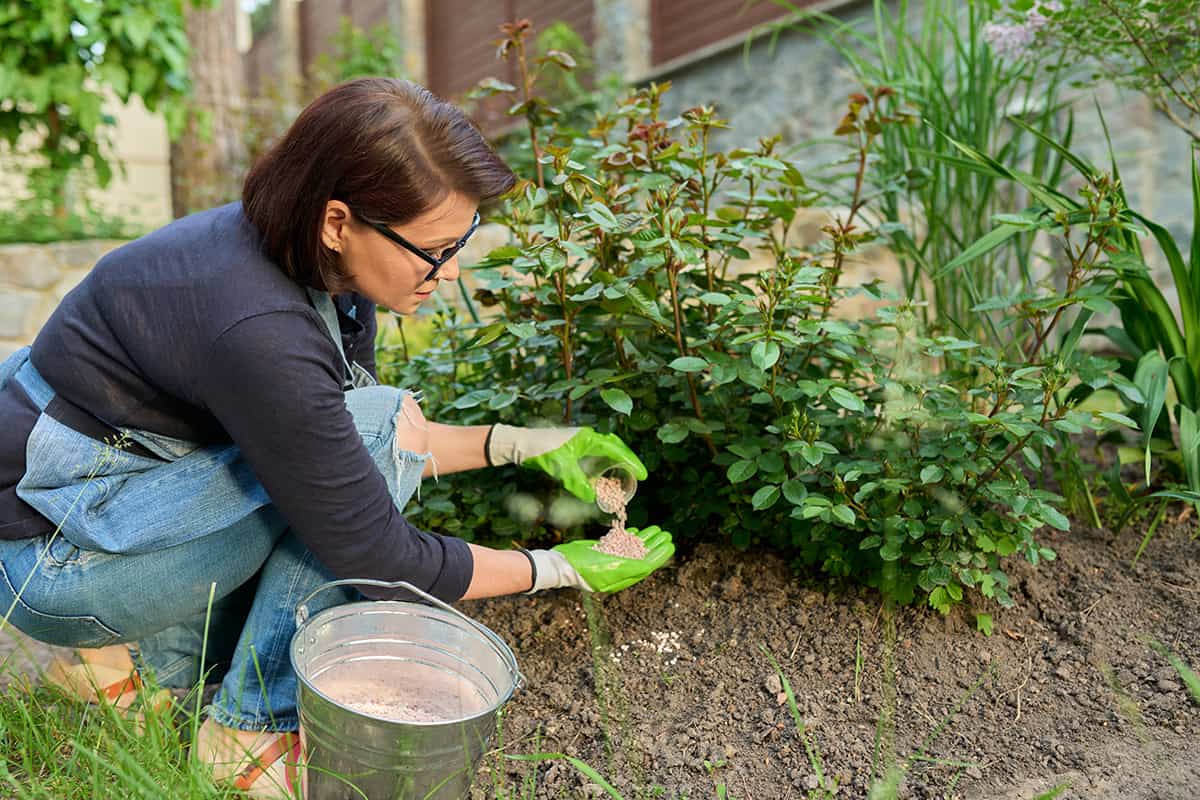
In addition to the neighborhood amenities, the residents can enjoy several community centers that make it akin to a small town.
Some of the most noteworthy spots include a convenience store, a church, a jewelry studio and a staffed medical clinic.
How Do They Travel?

Those who live in Community First! are working actively to make a life of their own. As such, many don’t have their own vehicles that they can use on the village roads.
The New York Times confirmed that residents often get around on the interior roads on foot, or they use any of the shareable recreational vehicles on-site.
Mr. Tyler’s Home: A Day in the Life
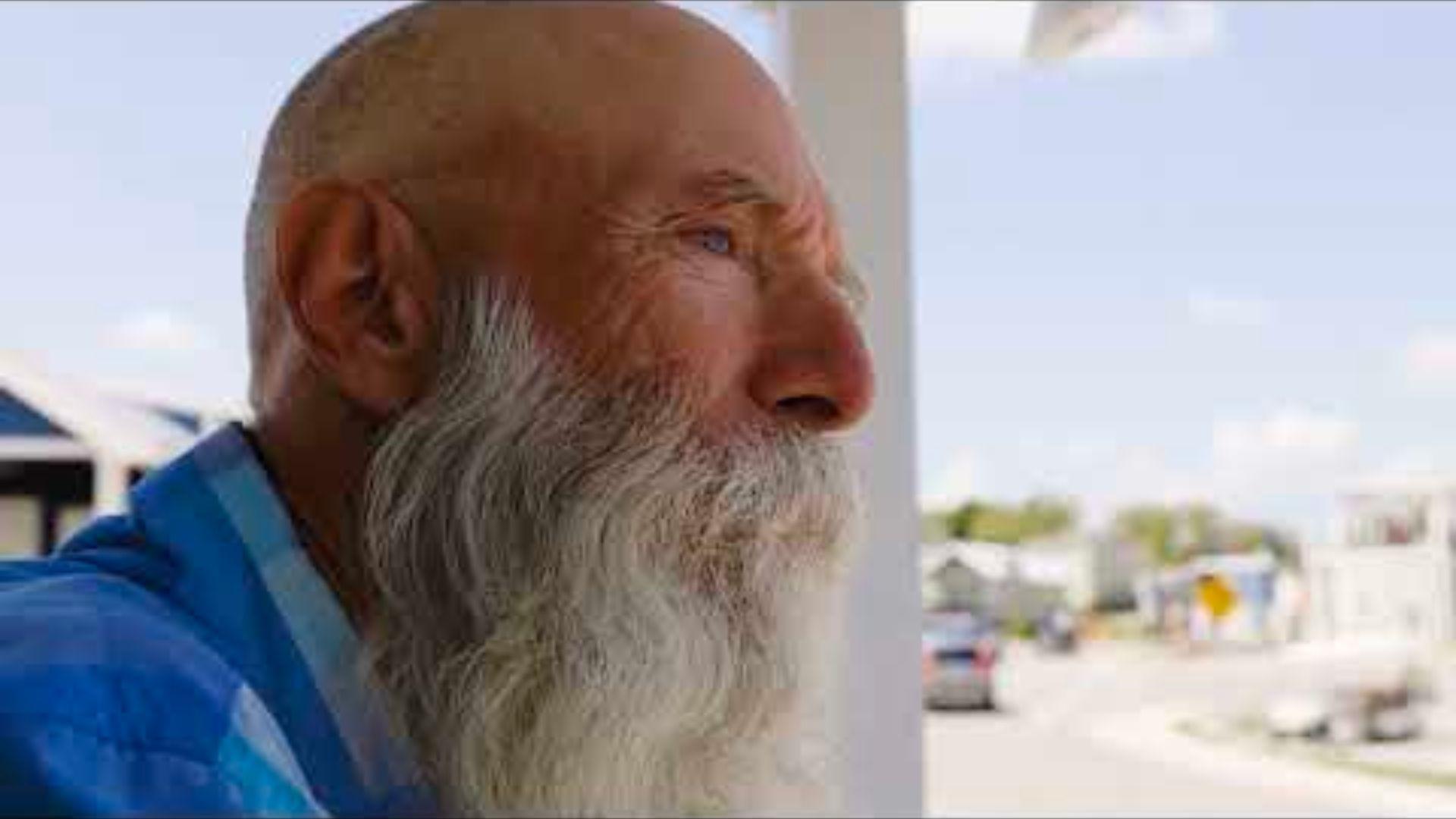
Mr. Tyler spoke with The New York Times in an effort to give them a “day in the life” experience to inspire others who are currently experiencing homelessness.
His home is cobalt blue, has a tiny patio attached, and is home to many art installations that he makes with rock and flora.
Compare and Contrast: Life Before
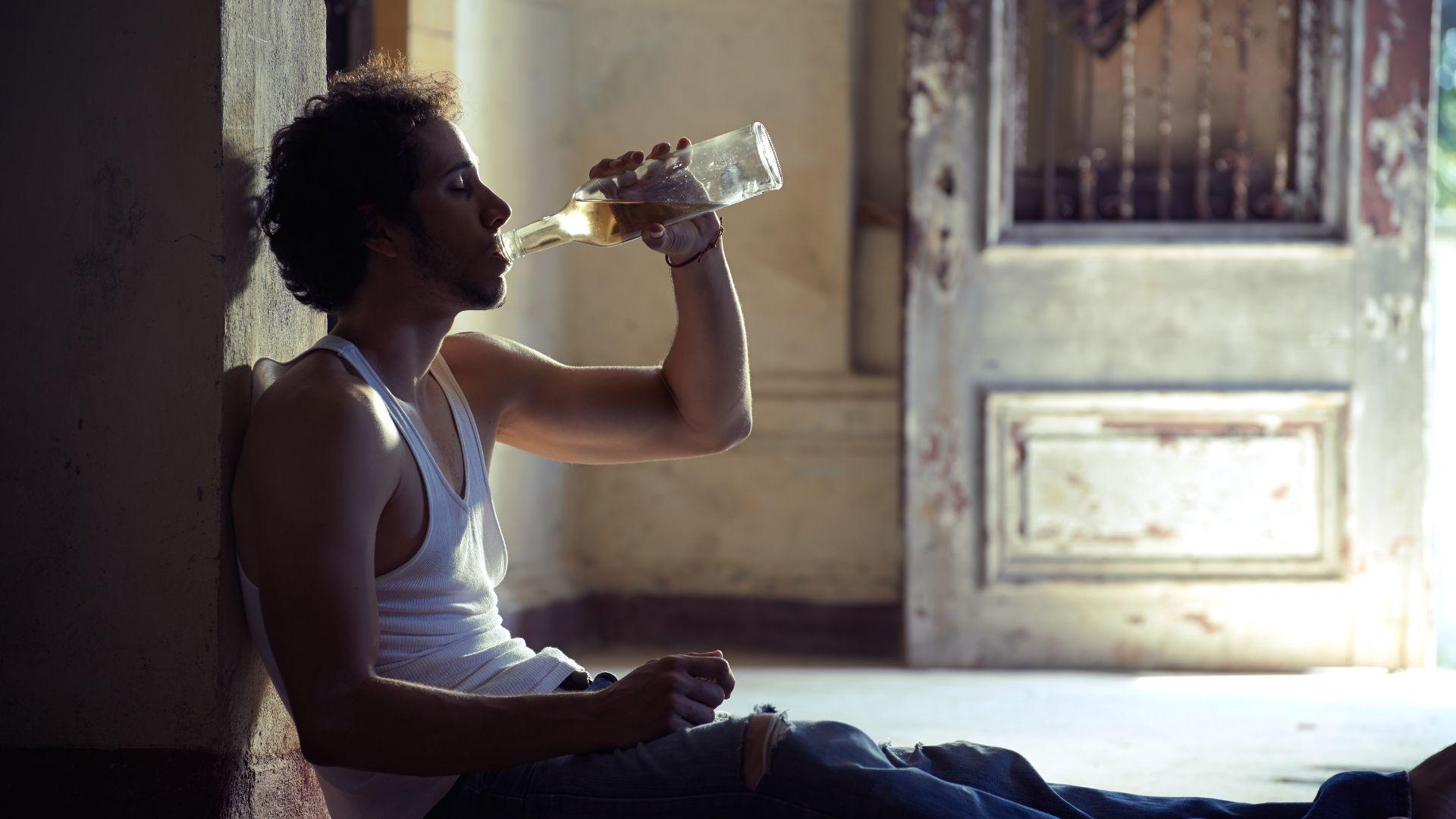
Mr. Tyler experienced many difficulties before coming to Community First!, opening up to The New York Times about his life story.
He struggled deeply with alcoholism, leading to other medical conditions that compromised his quality of life. He didn’t end up meeting his neighbors until a month after moving as a result.
Compare and Contrast: Life Today

Mr. Tyler has a very different life today. He’s well known in Community First!, and is a major participant in community meal creation. He also frequently attends neighborhood movie screenings.
In addition to all of this, he works actively with builders to prepare other spots for incoming residents as the community expands.
What’s Next for Community First!?
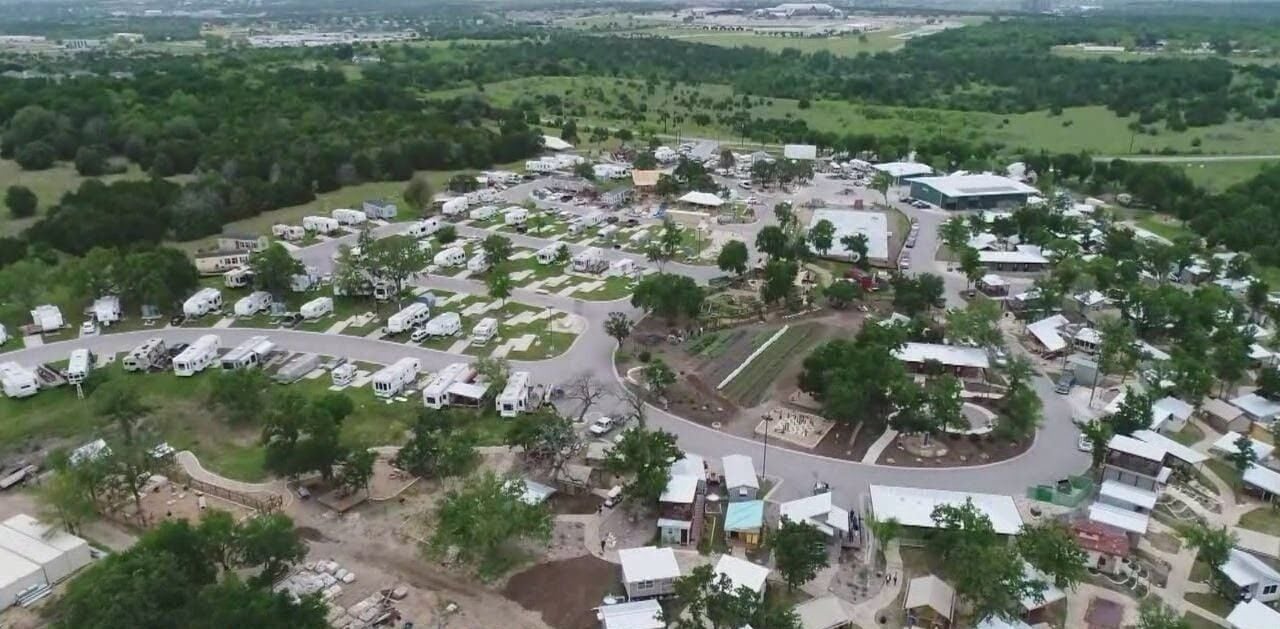
The project is being seen as a smashing success for stakeholders, according to The New York Times.
As a result, Community First! will likely be gaining about 2,000 homes across its three neighborhoods, per the publication, which could be enough to address about half of the homeless in Austin.
Could This Be a Good Long-Term Solution?
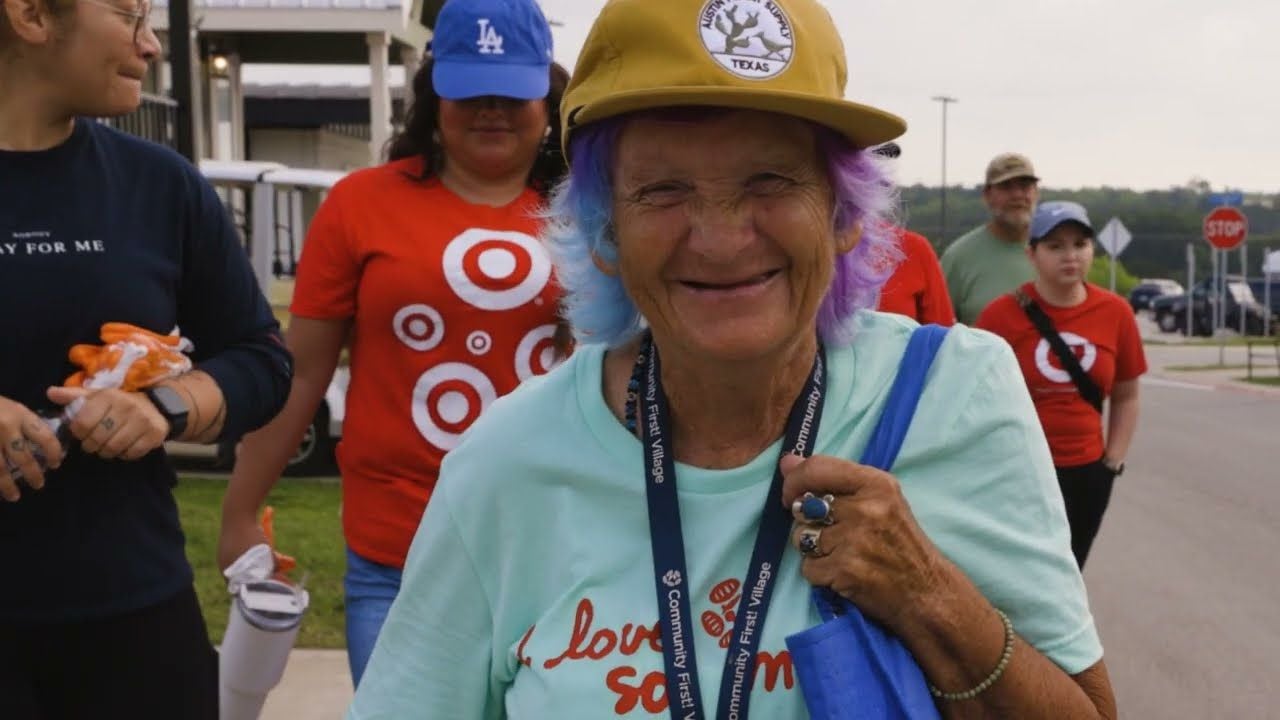
Tiny homes have been considered for homeless people for years — and villages like Community First! are popping up in suburban areas.
The number of these villages has quadrupled since 2019 — resulting in about 124 neighborhoods at the time of this publication, according to The New York Times.
